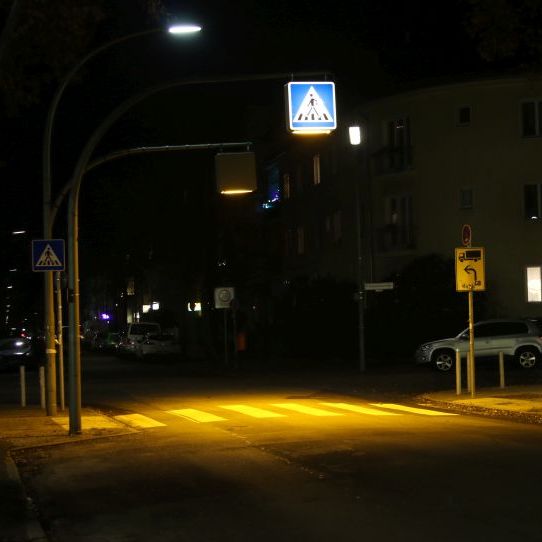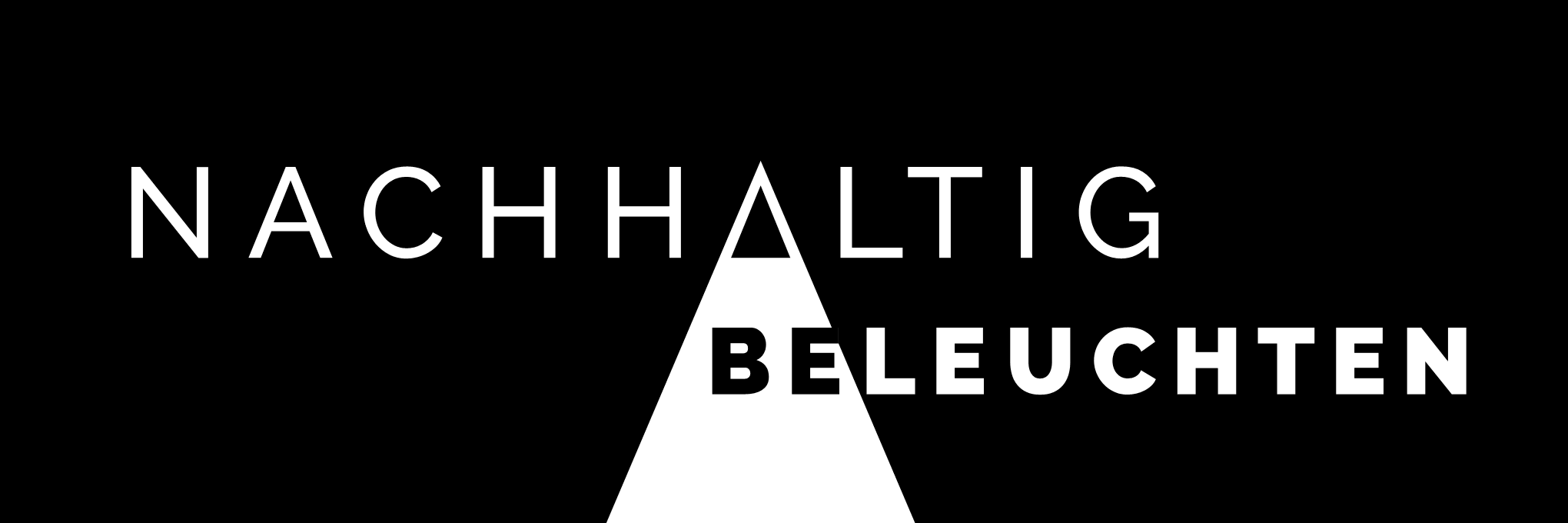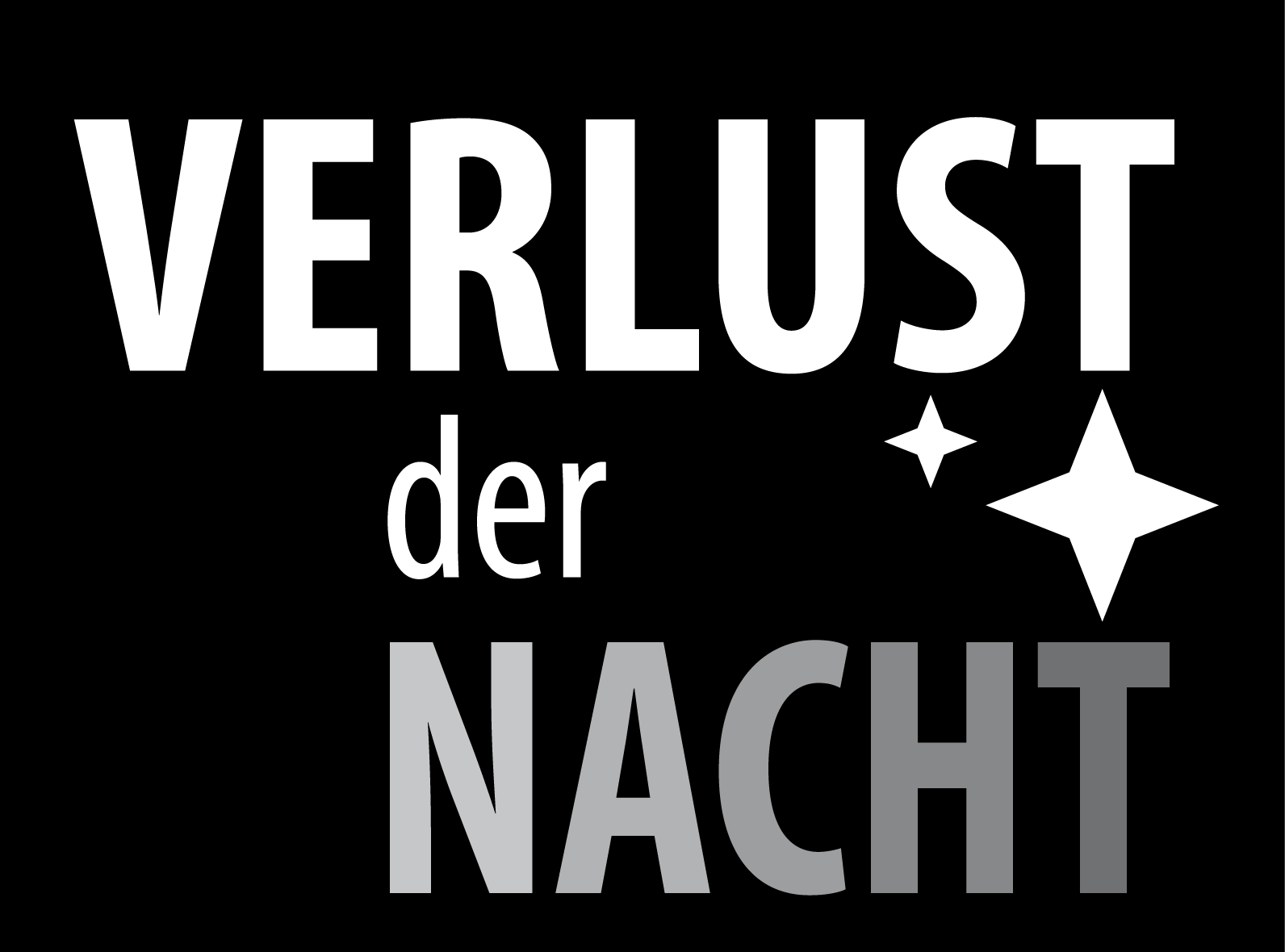
Safety

„More light = more safety”. This idea is engraved in many minds. Orientation is easier with light, it helps us to find obstacles or evaluate the intention of an advancing person. We also use light to protect us from criminals, e.g. as motion detectors or bright illumination on public places and parks. Today, however, we use much more light than would be needed for our saftey. Because lights from LEDs is more energy-efficient and thus cheaper, public places and streets are often lit brighter. On EU-level, lighting norms are increased. The consequence is a rebound effect: more light, higher energy consumption and in the end no reduction in maintance costs.
But is the idea of „The more the better” true? Independent research has repeatedly shown that street lighting can be less bright and still be safe, and that bright lights, contrary to general believe and subjective perception is no reliable protection against crime.
Too much light can actually be dangerous. Inhomogenous light intensities, as are often the case in outdoor lighting, prevent our eyes to adapt to darkness and thus detecting obstacles. Areas with blinding lights cause glare, a common problem with LEDs not properly directed or shielded .
Thus, regarding safety the motto should not be „the more the better”, but „do it right”!
Blogposts about this topic
How to light a street safely - and how to effectively blind the people
'There's too much light!' Another LightWalk in Berlin
German blogposts about this topic
Was wird hier eigentlich beleuchtet?
Wenn keiner da ist, bleibt das Licht aus
Photo: Illuminated zebra crossing in Berlin at night by Annette Krop-Benesch



